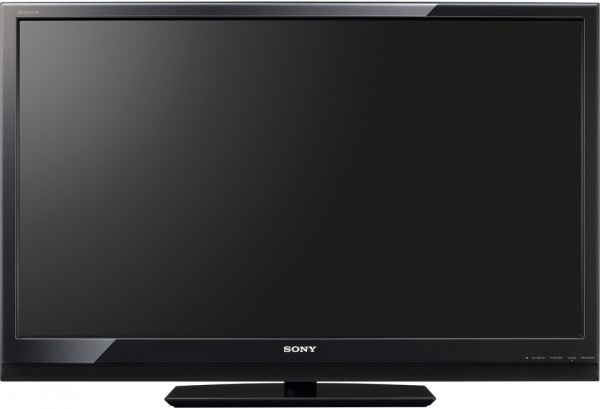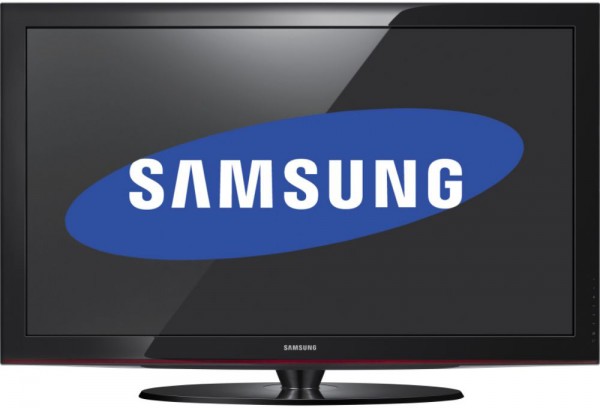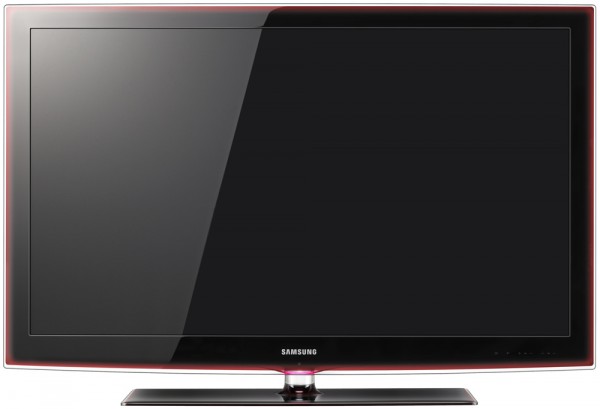Recently, HDTV’s prices went down, and everyone throughout the nation wants to go out and buy one. However, because of the plethora of options, buying the “perfect” HDTV for your home can definitely be a challenge. Therefore, I hope that this quick guide helps you with your decision!
Things To Consider When Buying HDTV:
- Browse for TVs online using Amazon.com and NewEgg.com.
Use the filters they offer to narrow down by price and size. - Bigger isn’t necessarily better.
Consider viewing distances when purchasing a TV. - Which resolution? 720p vs 1080p?
If it’s over 50 inches, get 1080p for sure. If under, consider 720p. - What kind? Plasma, LCD, or LED?
Skip to the bottom for more details!
Samsung PN42B450 Plasma HDTV 42-inch 720p
I am a student, so when I bought this TV for only $625, I was ecstatic. Now, this Samsung is once again around that price on Amazon, so I advise you to buy it! I love the quality when watching anything on this plasma. It does not have any internet connectivity such as the other two models listed below, but I can connect it to my laptop easily through either a VGA or HDMI cable and stream HD fine. If on a budget, pick up this TV!
Buy: Samsung PN42B450

Sony BRAVIA Z Series KDL-46Z5100 LCD HDTV 46-Inch 1080p (240Hz)
The quality of this Sony impressed me from the start. In addition to its great quality, this TV features several HD inputs, internet connectivity, as well as online widgets to make your entertainment experience better. You can also connect your camera, USB storage device, or a mp3 player to the TV via USB ports.
Buy: Sony BRAVIA 46Z5100
Samsung UN46B8000 LED HDTV 46-Inch 1080p (240Hz)
Although this TV comes with a hefty price tag, no one can debate its quality. At Fry’s, when I saw this LED, the picture I saw amazed me. Even though I knew that the salesmen purposely set its settings to their best, it was beautiful. It includes everything the Sony features and more. Also, the 1.2″ depth and light weight definitely impressed me.
Buy: Samsung UN46B8000
My piece of advice:
Articles from different sources concerning the differences between 720p vs. 1080p sometimes give contrasting advice. Here are my 2-cents on the issue: after going into several stores and researching online, I found that unless I sat two to three feet away from the screen, I found little to no differences between 720p and 1080p on screens smaller than 50 inches. I bought the first Samsung on the list below, and the quality, when watching HD satellite, looks almost the same when comparing it to my other 46 inch 1080p Sony Bravia back at home. But again, go into stores and see for yourself.
Watch out for salesmen being bias, they might try to mislead you! Quick story- I bought my TV at Fry’s Electronics. When I went into Fry’s, I already knew that I wanted to buy this TV, but I browsed around anyway to see other comparable TVs. I bought this TV on a budget, so I did not want to spend anymore money than what I already allocated. Anyways, as I am browsing around, I notice that my TV looked terrible when compared to the other ones in the store. I began talking to a salesman about the differences between 720p and 1080p, but he only talked about 1080p and gave me cons to 720p TVs. As I moved in closer, I noticed that my TV and the other ones in that section (all of which were 720p) looked dusty and poorly lit. In addition, unlike the other 1080p HDTVs, the ones in this section hooked up to DVD players and not Blu-ray players. I asked the clerk why they did this, to which he responded “Oh, well, uh…the building wasn’t set up properly for it.” Okay, seriously? Do you really expect me to believe that? (I did not say that, but I should have!)
When it comes to plasma versus LCD, again, check it out at a store! In the TVs I saw, plasma’s give deeper black levels and provide better viewing angles. However, LCDs can be found in larger sizes, weigh less, and do not have the “burn in” issue that some older plasma TVs have. With the newer plasmas, burn in is not really an issue. What about plasma vs. LED? LED TVs usually come with internet accessible features, a good number of HD inputs, and incredibly thin widths. LED, a relatively new technology, performs better in some respects to plasma, such as depth perception and brightness, but for the most part when comparing a 1080p plasma and 1080p LED, the difference between the quality is not worth the price paid. But then again, I am a college student, so I tend to be very frugal with my money. Don’t get me wrong- LEDs are beautiful and great for anything, whether it be movies or gaming, but I feel that the current prices are too high.
This Gift Guide is a part of our ongoing Skatter Tech Holiday Gift Guide.









You can clearly discern the difference between 720p and 1080p TVs. 37″ is where you cannot differentiate but anything over 40″ you can clearly tell the difference when you play Blurays or watch 1080p content. There is no TV signal that is 1080p, everything is 1080i or 720p so buying a 720p for just watching TV is fully acceptable, but if you ever want to connect a PS3 or other Bluray players, just get a 1080p TV!
The standard figure of merit to choosing the right TV size is 3″-4″ for every foot you sit away from the TV.
Also, as 720p TV’s are being phased out slowly, it only makes sense for stores to dispose them, but with the 1080p buzz around and with cameras, camcorders, phones shooting video’s in 1080p it is very essential to buy a 1080p compatible TV and be future proof than buy a 720p TV to satisfy your needs today!
Your comparison of LCDs vs LEDs vs Plasmas is not accurate either.
Plasmas:
– only available in larger sizes
– Only advantage is the Price and Deeper Blacks
– Significant disadvantage is the power consumption
– Highly contraindicated in higher altitudes!
– ideal for watching movies
– not very ideal for watching TV – particularly watching sport channels, Playing game consoles (PS3, XBOX, etc)
– Never buy a plasma for a well Lit room
– There is a break-in period to prevent Burnout! It is not as pronounced as earlier plasma’s but it still exists!
LCD TVs:
– Available in 13″-72″ sizes as of now
– Much lighter than Plasma
– Pricing is very close to Plasmas
– lower power consumption
– Easier on the eyes (less glare)
– Black levels (contrast) is not as deep as Plasma’s but they come CLOSE
– Incredible for watching sports, tv, game consoles and bluray movies
– improved viewing angles, Brighter, Crisper picture
– Can be internet ready
LED TV’s (They are LCD TV’s using LED Back lit Technology)
– Incredibly thin and light
– Lowest power consumption
– Very expensive – hence internet readiness is built-in for most part
– Even color saturation
– Blacks are almost close to Plasmas
– Disadvantage: Local dimming – “Local dimming means that each LED or a specific group of LEDs can be turned on and off independently within certain areas of the screen, thus providing more control of the brightness and darkness for each those areas, depending on the source material being displayed.” This is highly annoying and some sets (like the samsung LED tv above) do not allow you to disable this feature!
Final note: both Amazon and Newegg are notorious for changing prices by the day. Amazon is pretty competitive but I would look and compare your local stores as well for the ease of return/rebuy/exchanges if you want to buy Larger TV’s and if you spend anything more than $1500 on TV, Please spend the additional $100-$200 and get extended warranty to cover these for 4-5 yrs! Sony has their own warranty program which is cheap and works well. Samsung does not! I am just mentioning these two since they are the Best products out there in LCD/LED technologies. Also, a point to remember is that LCD panels for both Sony and Samsung are made by the same manufacturer and the only difference is the Software running them! Order of preference:
Sony/Samsung
Sharp/Toshiba
Philips/LG/Mitsubishi
Dynex/Insignia/Magnavox/others
Thanks for that information. Made a lot of good points. What specific HDTV models would you recommend? (For those on a price cap, midrange, and high end.)
P.S. I think your comment was longer than Akshay’s article!
Thank you for your comment Mr.Katta, I guess I have a lot of research to do next time I review a TV.